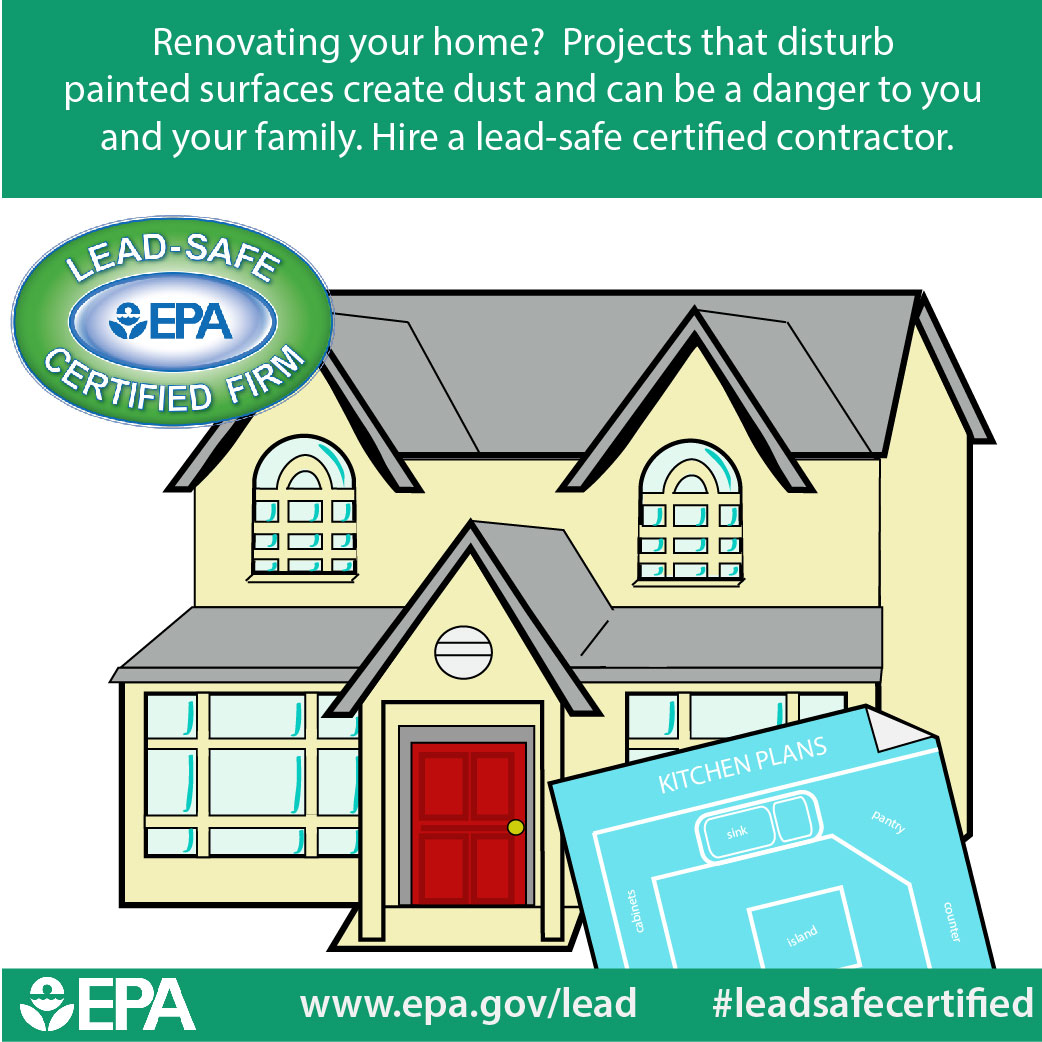Inside Paint Vs. Outside Paint: Essential Differences And Appropriate Applications
Inside Paint Vs. Outside Paint: Essential Differences And Appropriate Applications
Blog Article
Article Created By-Boisen Hegelund
When you're picking between exterior and interior paint, it's vital to comprehend their fundamental distinctions that influence both performance and looks. Inside your domain name are crafted for lower VOC degrees and smoother coatings, making them suitable for interior spaces, while outside paints are made to sustain severe climate condition and UV direct exposure. Each type serves an unique function, however recognizing when to make use of one over the various other can significantly affect your task's outcome. So, what variables should you consider when making your choice?
Structure and Formula
When picking in between interior and exterior paint, comprehending their composition and formula is essential. Interior paints commonly contain a lower quantity of unstable natural substances (VOCs), making them safer for indoor air quality. You'll notice they usually have a smoother finish, which improves their capacity to withstand discolorations and permits much easier cleaning. They're designed to withstand the roughness of indoor settings, including differing humidity degrees and temperature fluctuations.
On the other hand, outside paints are developed to endure harsher problems. They usually include greater degrees of pigments and additives to withstand fading from UV rays, in addition to to avoid mold and mold and mildew growth. Their structure consists of more binders and resins, which offer better bond to surfaces subjected to the components. This ensures the paint can hold up against rainfall, snow, and changing temperatures without peeling or cracking.
Performance and Toughness
Examining performance and longevity is vital when selecting between interior and exterior paint. Interior paint is designed for surface areas that experience much less wear and tear. It commonly stands up to fading and scuffing, making it optimal for living spaces and bedrooms. Nevertheless, it may not stand up well in high-moisture locations like kitchens and bathrooms without correct formulation.
On the other hand, outside paint faces harsher conditions. It's crafted to stand up to UV rays, rainfall, and temperature level changes. This sort of paint commonly has ingredients that protect against mold and mildew growth, making certain longevity in different climates. When you use exterior paint, you can expect it to last several years much longer than indoor paint, provided it's used properly.
One more vital difference depends on the finish choices. Inside paints commonly have interior home painters of surfaces for visual appeal, while exterior paints prioritize durability over shine. If you're looking for something that can take care of the components, exterior paint is your best choice.
In contrast, if you're concentrated on interior appearances with less problem for extreme conditions, interior paint may be suitable. Ultimately, your option ought to straighten with the particular needs of the environment.
Visual Factors to consider
A fresh coat of paint can change a space, however visual factors to consider play a vital role in your option between interior and exterior choices. When you're choosing paint, consider the mood you wish to produce. Inside paint allows you to check out a larger series of shades and coatings, allowing you to reveal your individual design and enhance your home's atmosphere. Whether you choose soft pastels or vibrant tones, the appropriate interior paint can make your areas feel cozy, dynamic, or serene.
On the other hand, outside paint requires to align with your home's style and the surrounding environment. Here, you're not simply making a design declaration; you're likewise taking into consideration aesthetic charm. Choosing shades that balance with your community can improve your home's value and aesthetic appeal. Bear in mind that outside paint is additionally based on fading and weather condition adjustments, so picking a classic shade can conserve you from constant repainting.
Inevitably, consider exactly how each alternative fits your vision. By aligning your paint choice with your desired visual, you can develop spaces that reflect your character while keeping capability.
Conclusion
When it involves choosing paint, understanding the crucial distinctions in between interior and exterior choices is vital. Interior paints concentrate on aesthetics and reduced VOCs, making them perfect for enhancing your indoor spaces. In contrast, outside paints are made for longevity and climate resistance, safeguarding your home from the aspects. By considering your details demands and the setting, you can confidently pick the appropriate paint to attain the look and long life you desire for your room.
